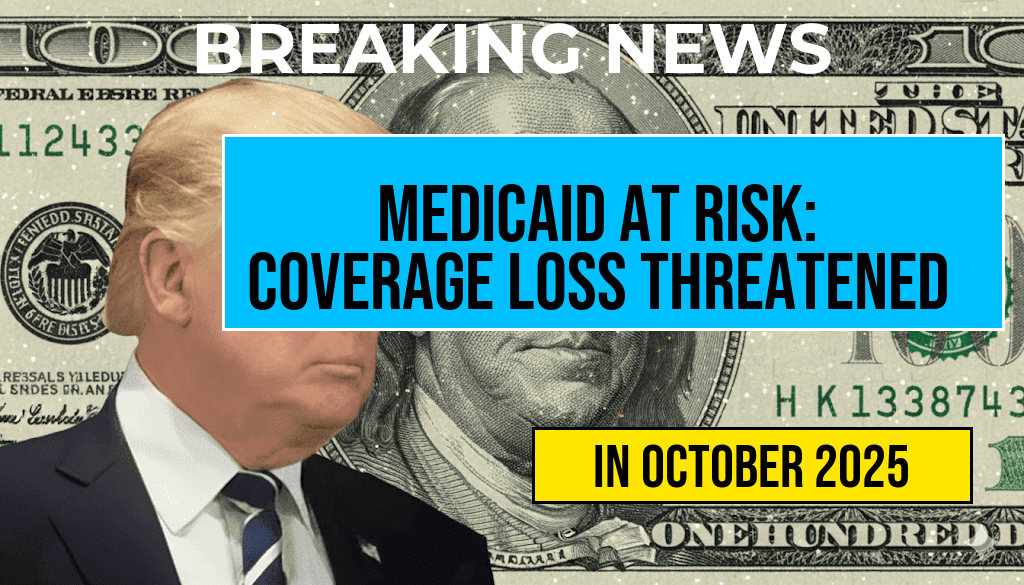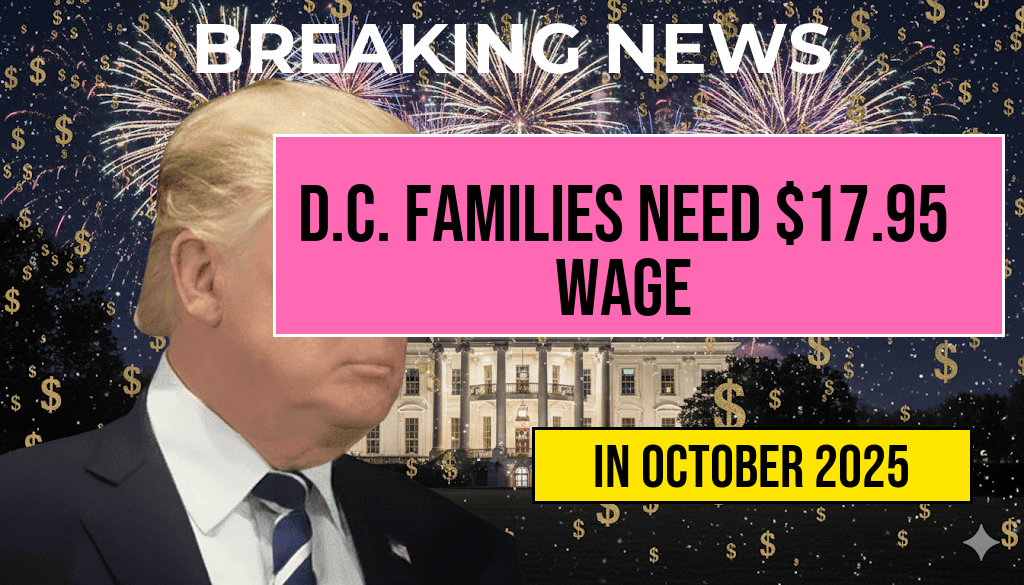Medicaid Faces Potential Threat as CBO Warns Millions Could Lose Coverage Due to $1,000 Emergency Room Bills
The Congressional Budget Office (CBO) has issued a stark warning that nearly millions of Americans enrolled in Medicaid may soon face loss of coverage, driven by the financial burden of unexpected emergency room bills exceeding $1,000. As policymakers debate proposed reforms and funding adjustments, advocates warn that such changes could inadvertently jeopardize healthcare access for vulnerable populations. The report highlights a growing concern that rising medical costs and gaps in coverage could push many beneficiaries into financial hardship, forcing some to choose between essential care and financial stability. This development comes amid ongoing discussions about Medicaid’s future, with federal and state officials balancing budget constraints against the imperative to provide comprehensive healthcare to millions.
Understanding the Context: Medicaid and Its Role in American Healthcare
Medicaid, the joint federal and state program that provides health coverage primarily to low-income individuals, covers over 80 million Americans today. Its scope includes pregnant women, children, seniors, and people with disabilities, making it a cornerstone of the safety net for the nation’s most vulnerable populations. The program’s funding is largely determined by state-level decisions, which are often influenced by federal policies and economic conditions.
Recent legislative proposals have aimed at curbing Medicaid spending, often through tightening eligibility criteria or implementing cost-sharing measures. While these efforts intend to reduce government expenditures, critics argue they risk undermining the program’s capacity to serve those in need, especially as healthcare costs continue to climb.
The CBO Warning: The Impact of Emergency Room Bills
The CBO report emphasizes that a significant number of Medicaid enrollees could be at risk of losing coverage if faced with substantial out-of-pocket expenses—specifically, bills exceeding $1,000 from emergency room visits. Such bills can be financially devastating for low-income individuals, many of whom already operate on tight budgets. The report suggests that increased cost-sharing requirements or reduced coverage options could lead to a decline in Medicaid enrollment, as some beneficiaries may be unable to afford their care or may opt to forgo necessary treatment altogether.
| Scenario | Number of Enrollees at Risk | Potential Coverage Loss (%) |
|---|---|---|
| Current policy | Approximately 10 million | 0% |
| Proposed cost-sharing increase | Up to 4 million | 40% |
| Elimination of certain coverage benefits | Potentially 5 million | 50% |
Factors Contributing to the Rising Cost Burden
- Higher emergency room costs: Emergency services have seen consistent price increases, with some bills reaching well over $1,000 for basic treatments due to facility charges, diagnostics, and specialist consultations.
- Limited coverage options: Some Medicaid plans exclude certain services or require copayments that can accumulate rapidly during urgent care episodes.
- Financial barriers to preventive care: Without coverage for routine health maintenance, enrollees often delay seeking care until emergencies arise, leading to more costly interventions.
Policy Implications and Public Response
Health advocates warn that policies increasing financial responsibility for Medicaid recipients could exacerbate health disparities. “When patients face the prospect of catastrophic bills, many simply forgo treatment,” said Dr. Laura Chen, a public health expert at the University of Michigan. “This not only worsens individual health outcomes but also leads to higher costs down the line when untreated conditions become more severe.”
Meanwhile, some lawmakers argue that introducing modest cost-sharing could incentivize responsible utilization of healthcare resources. However, experts caution that such measures must be carefully calibrated to avoid deterring necessary care among low-income populations.
Potential Solutions and Next Steps
- Enhanced financial protections: Implementing caps on emergency room bills or expanding Medicaid coverage to include more preventive services could mitigate the risk of catastrophic expenses.
- Policy adjustments: Revisiting proposed cost-sharing increases to ensure they do not disproportionately impact the most vulnerable.
- Community outreach: Educating Medicaid enrollees about available assistance programs and advocating for equitable healthcare policies.
As debates continue, the core concern remains: preserving Medicaid’s role as a lifeline for millions while managing fiscal sustainability. The upcoming legislative sessions will likely determine whether the program can adapt to rising healthcare costs without sacrificing access for those who need it most. For more details on Medicaid funding and policy updates, visit Wikipedia’s Medicaid page and Forbes coverage.
Frequently Asked Questions
What is the main concern highlighted by the CBO regarding Medicaid?
The CBO warns that millions of Americans could lose their Medicaid coverage due to the potential burden of $1,000 emergency room bills, which may lead to increased financial hardship and loss of healthcare access.
How could emergency room bills impact Medicaid recipients?
High emergency room bills—up to $1,000—could result in financial strain for Medicaid beneficiaries, potentially causing some to lose coverage if they are unable to afford the costs or meet other eligibility criteria.
What are the potential consequences of losing Medicaid coverage?
Loss of Medicaid coverage may lead to reduced access to essential healthcare services, increased out-of-pocket expenses, and a higher risk of untreated health conditions among affected individuals.
Why are these changes to Medicaid eligibility being considered?
These changes are driven by policy reforms and budget considerations aimed at managing federal and state healthcare costs, which might inadvertently affect millions of Medicaid recipients facing high emergency room bills.
What can individuals do to protect their Medicaid coverage amid these potential changes?
Individuals should stay informed about policy updates, understand their eligibility requirements, and seek assistance from healthcare advocates or Medicaid offices to ensure their coverage remains intact and they are aware of available support options.










